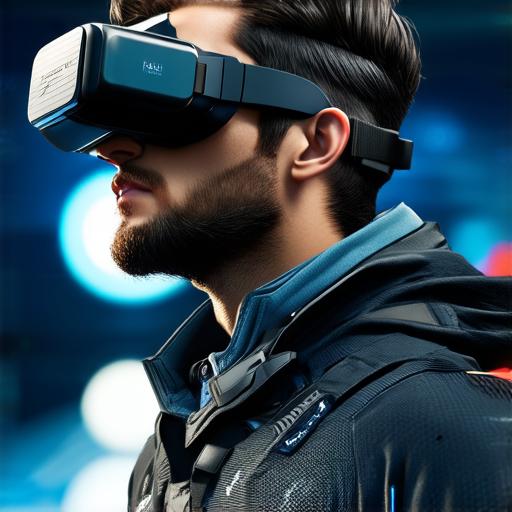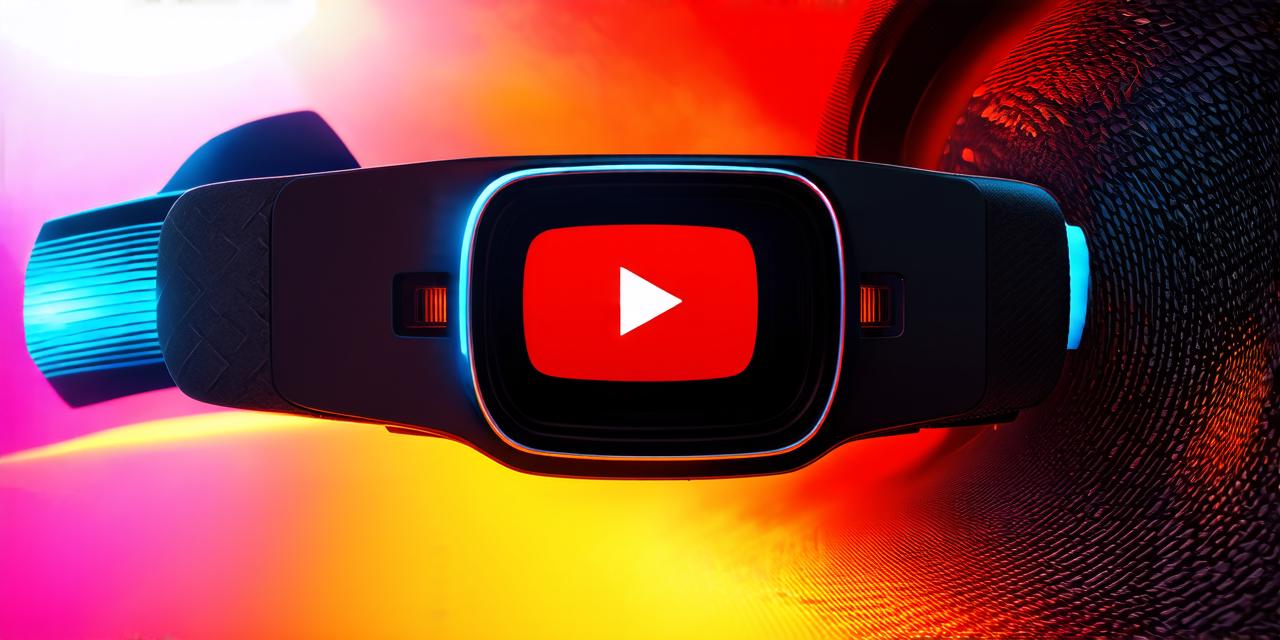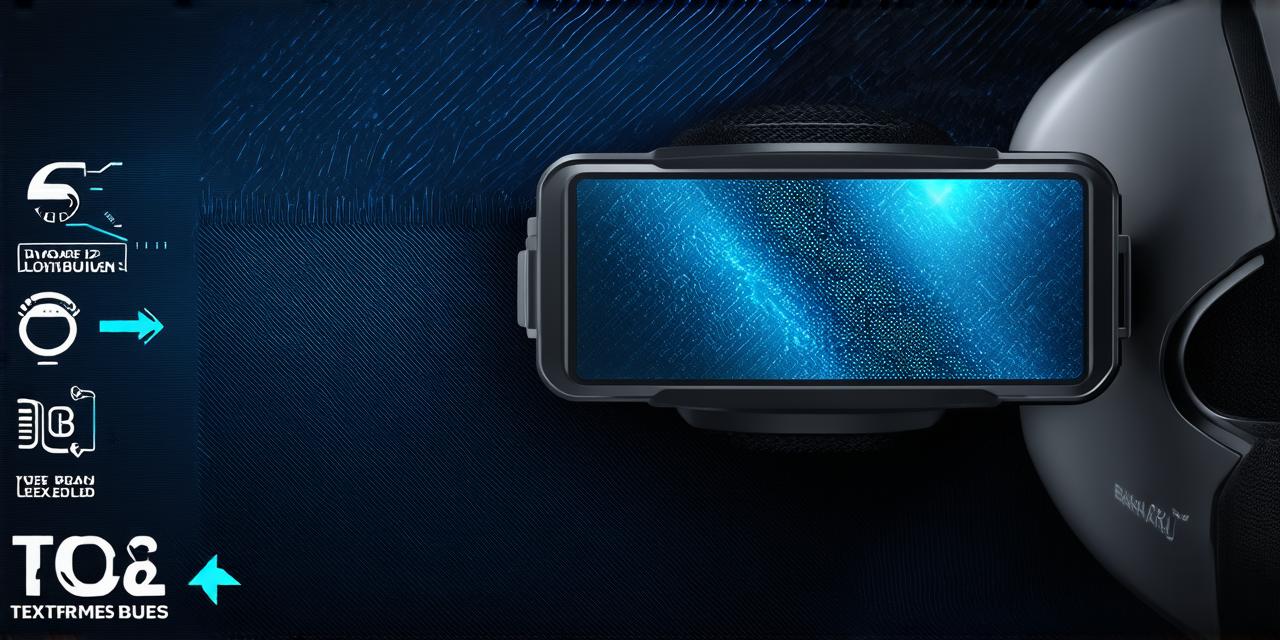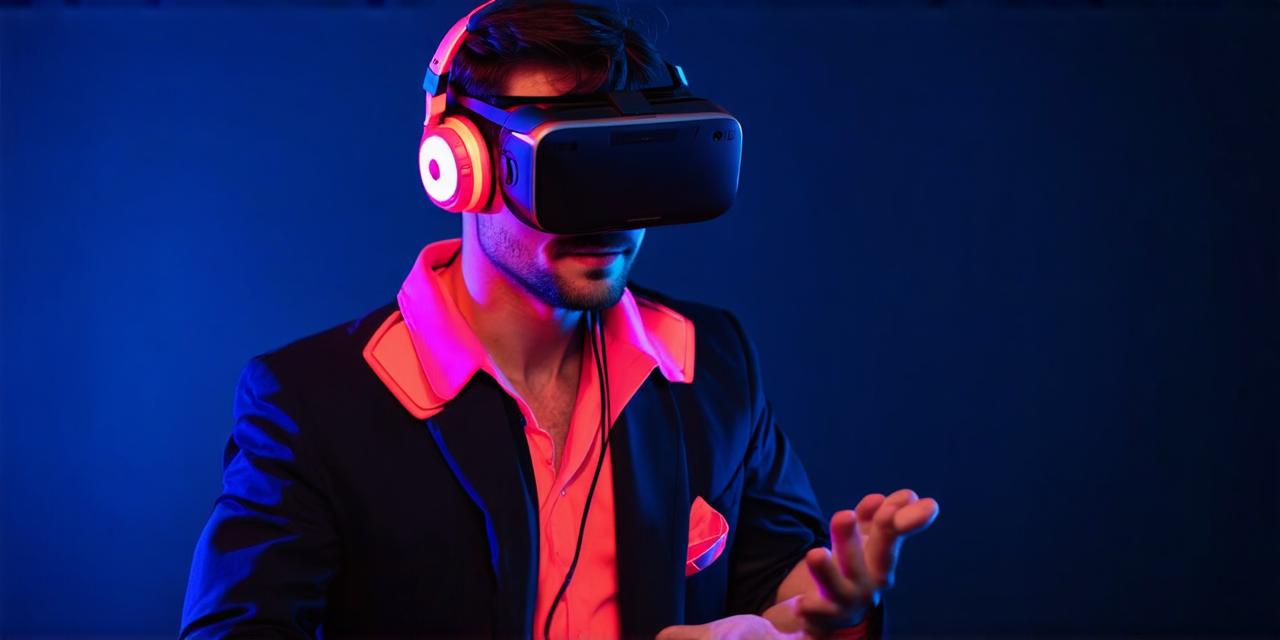Introduction:
Virtual reality (VR) is a rapidly growing technology that allows users to experience immersive 3D environments. With VR, you can create movies and experiences that transport viewers into new worlds and provide unique perspectives on familiar ones. In this guide, we will explore the steps involved in creating a virtual reality movie, from pre-production to post-production.
Pre-
Production:
The first step in creating a VR movie is pre-production, which involves planning and preparation. This stage includes:
- Concept development: Developing an idea for your VR movie, including the setting, characters, and plot.
- Scriptwriting: Writing a script that will guide your team through the production process, including dialogue, action, and scene descriptions.
- Storyboarding: Creating a visual representation of your script, including camera angles, character positions, and other important details.
- Casting: Selecting actors to bring your characters to life in the VR world.
- Location scouting: Identifying locations for filming, either in real life or in a virtual environment.

Production:
The production phase of creating a VR movie involves capturing footage and building the virtual environment. This stage includes:
- Filming: Using specialized cameras to capture high-quality 360-degree footage of your scenes.
- Motion capture: Capturing the movements of actors in real time to create realistic character animations in the VR world.
- Environment creation: Building 3D models and textures for the virtual environment, including terrain, buildings, and other objects.
- Sound design: Creating sound effects and music to enhance the immersive experience.
Post-
Production:
The post-production phase of creating a VR movie involves editing and refining the footage to create a finished product. This stage includes:
- Editing: Assembling the footage into a cohesive narrative, including camera angles, character movements, and sound effects.
- Compositing: Combining multiple layers of footage and effects to create a seamless and immersive experience.
- Color grading: Adjusting the color balance and contrast of the footage to achieve the desired look and feel.
- Testing and refinement: Testing the VR movie with users to identify areas for improvement and make necessary adjustments.
Conclusion:
Creating a virtual reality movie is a complex process that requires careful planning, execution, and attention to detail. By following these steps and utilizing the right tools and techniques, you can create an immersive and engaging VR experience that will transport viewers to new worlds and provide unique perspectives on familiar ones.



